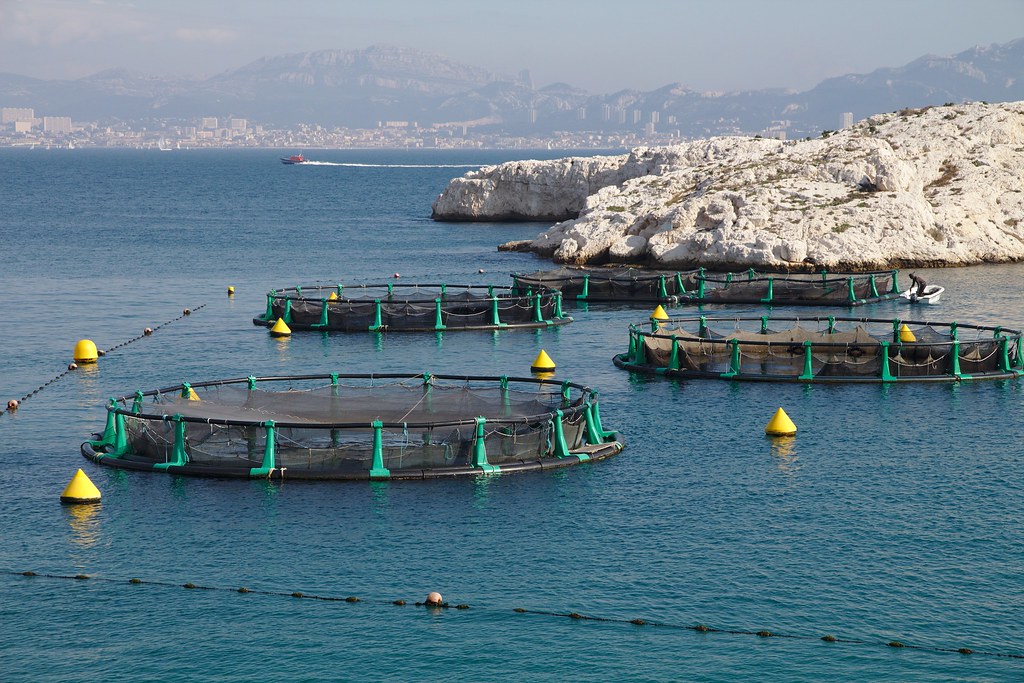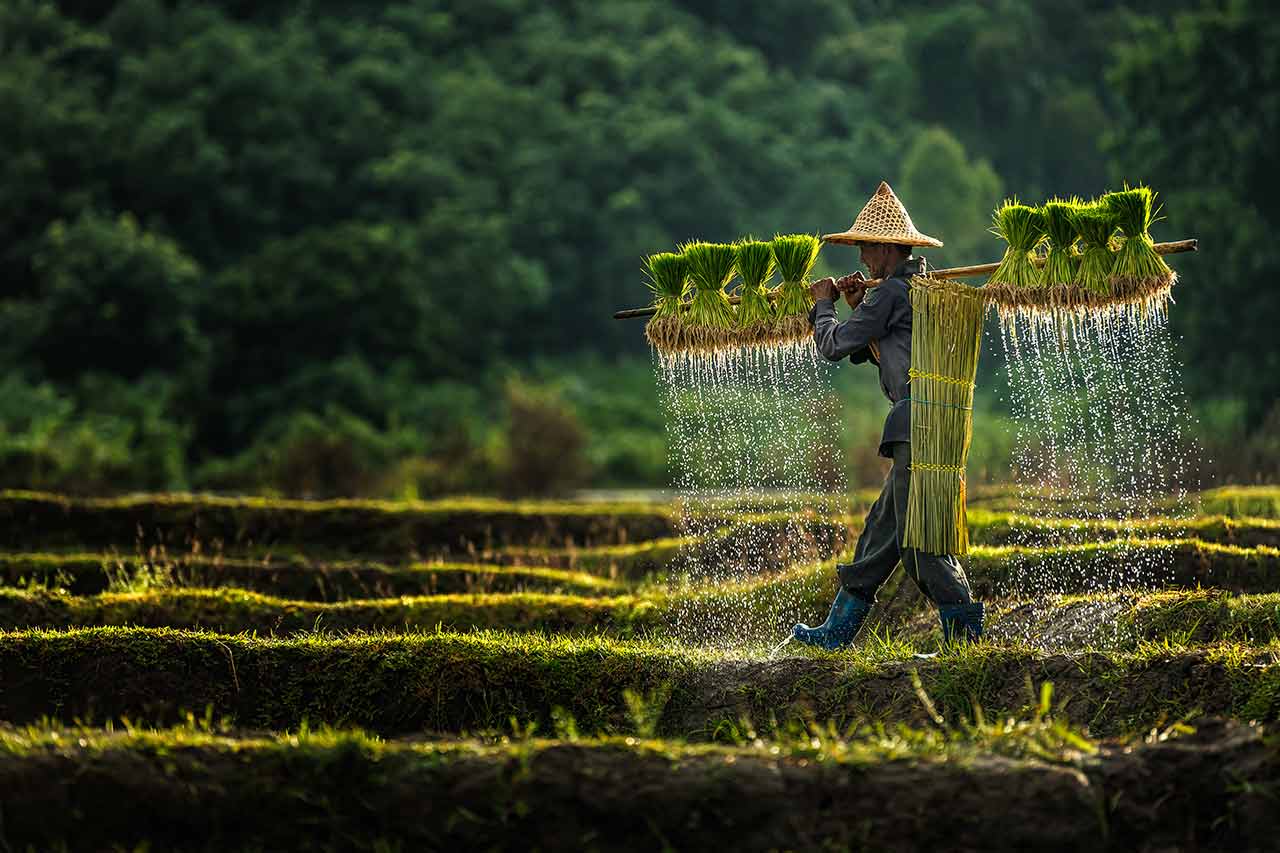APAC accounts for 92% of the global aquaculture production, led by China, Indonesia, India, and Vietnam5. The escalating expansion of aquaculture in Asia has raised up growing concerns over the negative impacts on the environment, including displacement of native species, algae blooms and environmental degradation. Thanks to Industry 4.0 technologies, aquaculture practices could become more efficient and sustainable boosted by the digitalization and automation of manufacturing process. This is well aligned with UN Sustainable Development Goals (SDG) 2 that ensures sustainable food production system. Examples of aquaculture 4.0 include intelligent auto-feeders for minimizing feed wastage, smart aerators for optimized oxygen supply and saving electricity, and connected sensors for water conditions and weather events to avoid unnecessary loss. With such beneficial innovations available, the focus now should be to increase the adoption and scale of these technologies. Here, we discuss opportunities and strategies to increase aquaculture 4.0 adoption in the Asia-Pacific region.
Offer leasing business model for aquaculture 4.0 solutions
To improve farmer’s accessibility to digital technologies for their fish farms, new business models have been developed such as leasing systems. Indeed, most farms in Asia are small-scale family farms that may have limited financial resources. To address this challenge, eFishery, an Indonesia-based startup is offering farmers the choice of either buying or leasing their smart feeding devices for a monthly fee. Going further, these connected smart farms would have an unprecedented level of accountability, transparency and traceability. These data could allay concerns about creditworthiness, opening up new funding opportunities from more risk adverse investors. In January 2022, eFishery has managed to raise $90 million in Series C funding, remarking a promising milestone of leasing business model.
Beyond affordability, a leasing model also reduces obsolescence risk for farmers, as the aquaculture 4.0 industry is still rapidly evolving. More important than providing a regular stream of revenue, the leasing model would also give tech players better access to real-world data on how their systems perform. Real-world data is absolutely crucial for machine learning and iterative improvement of their systems, making the leasing model valuable for both parties.
Building new strategic partnerships in the value chain
Most aquaculture 4.0 solutions providers today are either startups or electronics manufacturers. Strategic partnerships with players in the value chain are crucial for new technology adoption and increase marekt penetartion. An example of a company that has shown interest in technologies is Nutreco. In 2018, the aquafeed company, invested in Eruvaka, an aquaculture IoT solution provider based in India. The technology could monitor the pond in real-time with intelligent control of aerators and feeders so that it can significantly reduce production costs and increase productivity. The synergy created between Nutreco and Eurvaka provides local farmers with a better solution for sustainable smart feeding and production. Additionally, Nutreco could also gather data on their end users and build stronger value propositions to differentiate from competitors.
A second group of important partners would be connectivity providers. To further lower operation cost for their customers, eFishery partnered with major Indonesian mobile operator Telkomsel, to develop a narrowband IoT protocol. This partnership allowed eFishery systems to connect over mobile data network in a cost-effective manner. For very remote or offshore aquaculture operations however, mobile data is not feasible. Satellite communication providers such as Iridium or the upcoming SpaceX Starlink constellation could be invaluable partners. With the cost of satellite launch dropping fast, satellite connectivity should soon become affordable.
Bring added value with integrated aquaculture systems
Farms in Asia have traditionally adopted integrated rice-aquaculture farming, where freshwater fish are reared in the flooded rice cultivation fields. Modern technology can open up more integrated systems options, maximizing farmers’ revenue from existing land area. China-based Tongwei Group is demonstrating the feasibility of integrating aquaculture and renewable energy production by installing solar panels and wind turbines over ponds. By connecting farms to the electricity grid, farmers can sell surplus power for extra revenue and help build a more sustainable, resilient and decentralized power grid. This integrated system may be part of the future in Asia, where the population boom and rising standards of living are straining both food and energy supply.
Another example of integration is aquaponics which integrated both aquaculture and hydroponics in one system and maximally valorize the by-products during production. In 2022, V-Plus Agritech, a Singapore-based vertical farming start-up, built a vertical vegetable farm fertilized by a fish tank that could produce 7 times more vegetables by using 90% less water than regular soil farm4. The start-up set a great example to advance SDGs for food security, clean energy, and climate protection. With the escalation of urbanization, aquaponics is bound to be the future trend of sustainable agricultural approaches.
There are tremendous opportunities for technology players to address the aquaculture sector in a more efficient and sustainable way in the Asia-Pacific market. Several strategic options can help them penetrate faster in the market including offering an affordable leasing option while collecting real-world data, partnering with players at the interface, or increasing their value proposition by integrating with renewable energy systems. Within the Alcimed team, we are ready to support you in your innovation & sustainability journey in aquaculture deciphering new opportunities, new technologies, new partners, or defining the go-to-market strategy & accelerate penetration.
About the author,
Warren, Consultant and Bettina, Business Director in Alcimed’s Life Sciences team in Asia-Pacific
[1] Global Aquaculture, MarketLine Industry Profile (July 2018)



